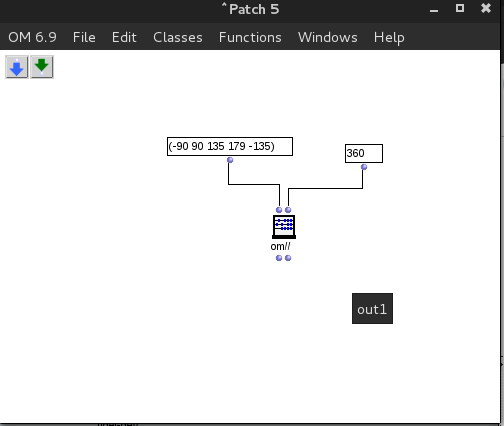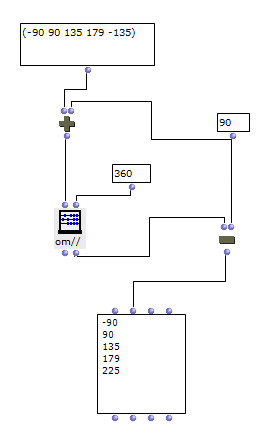Hi there!
I was always curious about OM but only last week I was able to effectively ‘break the initial barrier’ and go for it, motivated by an idea. I was surprised on how easy OM is, in terms, and how many good tools I had at disposal to execute my idea.
This is a translator that takes lines from a BFC-LIB (In the example, I added Munch’s painting ‘The Scream’ as bg, because it all started with a composition about this painting).
It then translates directions and distances to notes and durations, translating in some way a drawing contour to a melody. I think the result is, at least, fun.
I am kinda starting to understand some of the Lisp logic, but I’m far from being fluent. As a former ‘programming kid’ I still think about Loops, for-to, if-then, but I start to understand it’s better to find a way to process a list than to make a loop.
There are some things I couldn’t figure out yet. I am sharing this video in hope that some experienced members could give me some hints.
And thank you Carlos Agon, Gérard Assayag and Jean Bresson for this awesome tool. I had no idea how powerful it was before I really tried.
Emilio Le Roux



